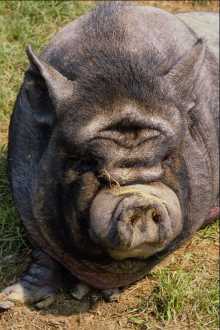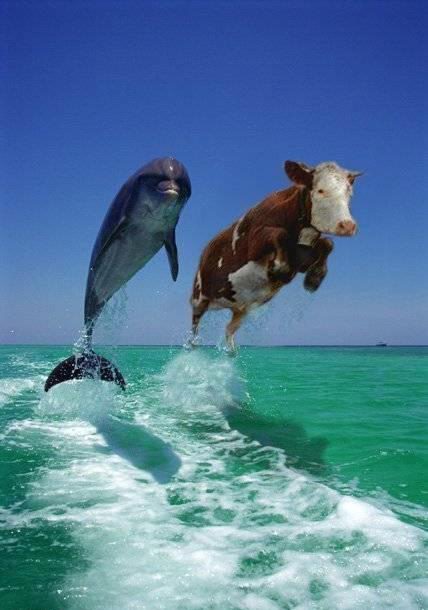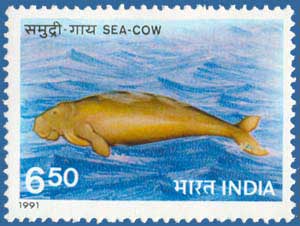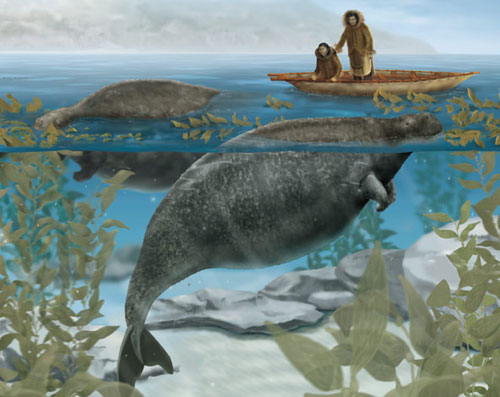
August 10, 2008
In the 1967 movie Five Million Years to Earth, a new subway excavation in the Hobbs End section of London unearths an apparent extraterrestrial craft. The scientists involved in the unraveling of this drama soon discover this part of London on Hobbs Lane has a long history of poltergeist, haunting and apparition activities. One keen young researcher discovers an old street sign near the diggings, and she notes the spelling is “Hob’s Lane,” not “Hobbs Lane.” “Hob,” it turns out, is another name for “devil,” or the “Devil,” if you prefer.
Some words do not appear to be what they so calmly convey. “Hob,” for example, is an alteration of Robin or Robert, as in Robin Goodfellow, a rustic, a clown (lest we get too far from the phantom clowns). Robin Goodfellow, sometimes called Puck, was/is a tricksy house sprite or elf in popular English fairy lore. And Puck is sometimes called hobgoblin. Even the descriptive verb “hobble” refers to the word’s origins, as the classic view of the Devil shows cloven hooves.
~ “The Name Game,” Mysterious America, page 275.
Who knows what the woman overlooking Hobbs Point really saw on a recent morn? Experts always have an opinion. Let’s read of her encounter before we swim to any conclusions.
Carol Morgan saw something strange in the waters off Hobbs Point, Pembroke Dock, from her home at 5 Connaught Way in Pembrokeshire, United Kingdom. It happened a few days ago, we are told.
Early on a recent morning, Morgan was preparing lunch to take to her work at Pembroke Leisure Center. Suddenly, she saw an unusual shape in the water. At first, she figured it was a very large plastic container covered in green algae, but when it moved she reached for a telescope to get a closer look.

I caught sight of its face and it looked like a pot-bellied pig. It then pulled itself onto the slipway and seemed to be foraging for something. After a short while it sauntered into the water and that was the last I saw of it.
It was several times larger than [a] dog, more like the size of a small cow. ~ Carol Morgan told the Western Telegraph.
It was only after she saw a couple walking a dog on the slipway a few moments later did she realize the actual size of the creature.
So what was it? What exactly did it look like? All we have is what’s above.
Was it a swimming pot-bellied pig? A dog in the water? A merbeing? A dolphin? A sea serpent? A lost cow? Or a sea cow?

Marine experts say the possible sighting of a manatee in waters is further evidence of climate change.
* * *
Manatees, or sea cows as they are also known, are largely restricted to tropical waters with the nearest populations to the UK found off west Africa and the Caribbean. Pembrokeshire-based marine biologist, Francis Bunker, says it is possible that the manatee was carried here on the Gulf Stream currents. “We do after all get tropical sea beans and the occasional coconut washed up as well as sea turtles from the Caribbean, so why not a manatee? If it is a manatee I think it could be a first for UK waters.”
To his knowledge there are none in captivity in the UK which could have escaped.
Bathers need have no worries about venturing in the sea, as manatees are strictly herbivorous, feeding mainly on seagrasses.Western Telegraph



Please donate. Merely click on the rectangle below:
About Loren Coleman
Loren Coleman is one of the world’s leading cryptozoologists, some say “the” leading living cryptozoologist. Certainly, he is acknowledged as the current living American researcher and writer who has most popularized cryptozoology in the late 20th and early 21st centuries.
Starting his fieldwork and investigations in 1960, after traveling and trekking extensively in pursuit of cryptozoological mysteries, Coleman began writing to share his experiences in 1969. An honorary member of Ivan T. Sanderson’s Society for the Investigation of the Unexplained in the 1970s, Coleman has been bestowed with similar honorary memberships of the North Idaho College Cryptozoology Club in 1983, and in subsequent years, that of the British Columbia Scientific Cryptozoology Club, CryptoSafari International, and other international organizations. He was also a Life Member and Benefactor of the International Society of Cryptozoology (now-defunct).
Loren Coleman’s daily blog, as a member of the Cryptomundo Team, served as an ongoing avenue of communication for the ever-growing body of cryptozoo news from 2005 through 2013. He returned as an infrequent contributor beginning Halloween week of 2015.
Coleman is the founder in 2003, and current director of the International Cryptozoology Museum in Portland, Maine.
Filed under Breaking News, Cryptotourism, CryptoZoo News, Cryptozoologists, Cryptozoology, Eyewitness Accounts, Merbeings, Out of Place, Sea Serpents, Twilight Language